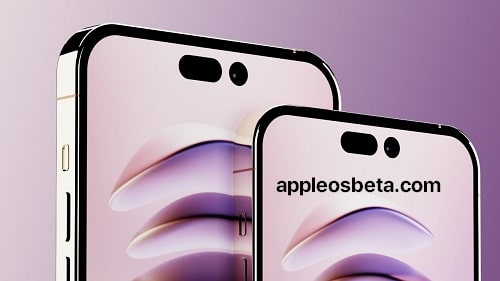How Apple managed to reduce the notch on the iPhone 14. Smaller notch, notch that disappears. Here’s how Apple is increasingly optimizing the space on the front display. The notch of the iPhone 14 Pro will be replaced by a design with two holes, one of which is in the shape of a pill, while the base models will keep the familiar design of the notch, but in a smaller size. Either way, Apple managed to squeeze all the necessary components into a smaller space. That’s how.
iPhone 14 (finally) will have the USB-C port
A newly published Apple patent could explain the simple approach used by the company to achieve this goal.
Apple first introduced the notch in 2017, with the launch of the iPhone X. There was a lot of technology inside:
- Infrared camera
- Point projector
- Flood light
- Proximity sensor
- Ambient light sensor
- Speaker
- Microphone
- Front camera
Apple has managed to reduce the notch in the iPhone 13 thanks to two changes. First, the speaker and microphone have been moved from the notch to the frame. Secondly, the separate components of the Face ID were combined with each other.
For the iPhone 14, Apple should take a different approach. iPhone 14 Pro will have two separate cutouts on the screen: a round hole for the front camera and an extended oval shaped like a pill for everything else. iPhone 14 will still have the notch, but it will be small in size. Both changes required Apple to pack the same amount of technology into a smaller space.
The patent we talked about earlier could provide the explanation. Apple plans to use a folded light projector to reduce component clutter and maximize the viewing area, thereby reducing the size of the notch on the iPhone. In particular, the use of the light bending element can provide greater flexibility for the positioning of the IR light emitter compared to other components such as the IR detector and the front camera.
What Apple is describing in the patent is a prism. The infrared emitter located within the notch / pill area can be positioned laterally, under the display, with a prism used to rotate the beam 90 degrees. The prism would take up less space, allowing for a smaller notch or cutout for the rest of the components.
The same result could be obtained from a mirror positioned at 45 degrees, but one of the illustrations in the patent specifically refers to a prism. Hidden but always interesting technologies.

